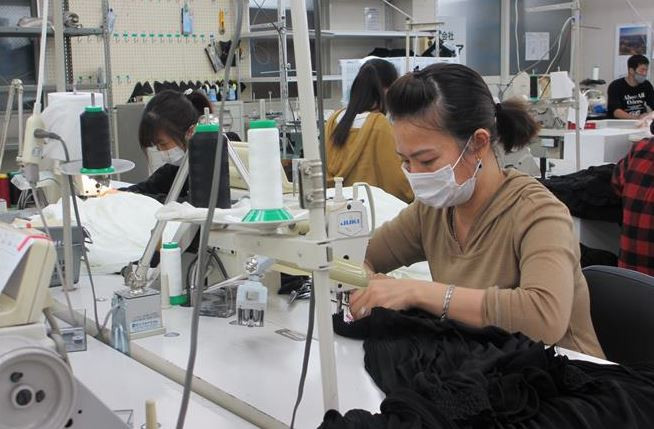HCMC – Vietnamese workers now make up the largest share of Japan’s foreign labor force, accounting for over a quarter of the total.
According to Japan’s Ministry of Health, Labor, and Welfare, Vietnamese workers represent 24.8% of all foreign employees in the Japan, totaling 570,000 people.
Japan’s reliance on foreign labor is growing rapidly. The total number of foreign workers increased by over 250,000 in a year, reaching 2.3 million as of October 2024—the largest annual increase since record-keeping began in 2008.
By nationality, Vietnamese workers lead, followed by 400,000 Chinese workers and 240,000 Filipinos.
A shift is also taking place in where Southeast Asian workers are choosing to migrate. Traditionally, South Korea and Taiwan were top destinations, but Japan is now emerging as a preferred choice, a Japanese government official told the Vietnam News Agency. Factors such as Japan’s visa programs and public safety are cited as key reasons behind this trend.
To accommodate the growing number of foreign workers, Japan has been adjusting its labor policy. In early 2024, the government raised labor caps in several sectors. Then, in September, Japan expanded its foreign worker program to include four additional industries, notably taxi and train operators.
Japan had previously estimated that its foreign workforce would range between 2.3 million and 2.36 million by 2025. However, with the latest figures already hitting the lower end of that range, the pace of labor migration is surpassing expectations.
The Japanese government is now reviewing its policies, particularly the Specified Skilled Worker program, to adapt to the rapid influx of foreign labor. This review could lead to further adjustments in labor quotas and expanded sector participation.









